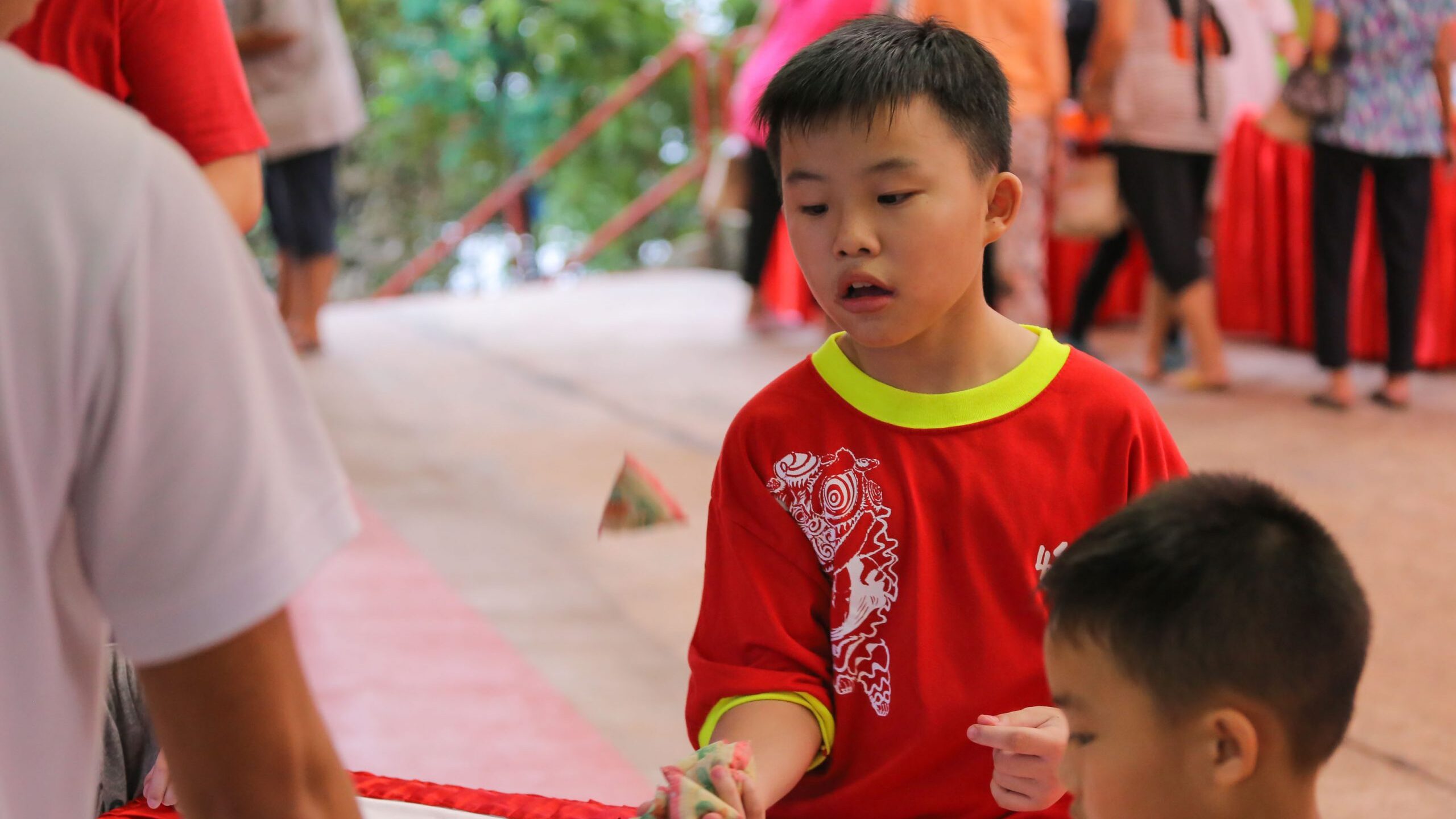Salvaging Mandarin education in Singapore through community
September 9, 2024
On 7 September 1979 Prime Minister Lee Kuan Yew launched the Speak Mandarin Campaign with the intention of promoting and improving citizens’ Mandarin-speaking abilities in conjunction with the national bilingual education policy. The importance of English-Mandarin bilingualism has remained especially salient, due to the rise of China, the dominant ethnic Chinese population in Singapore, and other pressing economic and social goals.
Due to past efforts to improve English-speaking abilities, many young Singaporean parents are predominantly English-speaking. As a result, their young children grow up in largely English-speaking households with less emphasis on their mother tongues. The government recognised this sociolinguistic change and adapted the language curriculum in response, with an emphasis on community-based learning. Associate Professor Lee Cher Leng and Associate Professor Phua Chiew Pheng (both NUS Chinese Language) study this history in “Salvaging Mandarin education in Singapore through community” (Current Issues in Language Planning, 2023).
Lee and Phua observe that Mandarin became a less taught language after 1979. Gradually, the home language of Primary One students had shifted towards English, and students were finding it increasingly difficult to learn Mandarin in schools. In response, the government looked into various ways of making Mandarin-learning flexible and enjoyable, and turning attention towards the communicative aspects of the subject. The goal was to motivate students to love the language and decrease stress levels towards the subject.
The Committee to Promote Chinese Language Learning (CPCLL) was tasked with organising community-based activities to enrich students’ learning experiences. These included performances and other interactive activities that allowed students to use Chinese. Zaobao, the Chinese newspaper, and the Lee Kuan Yew Bilingual Fund were among the key players in promoting these Mandarin learning events, through producing publications for students and engaging media coverage of the activities.
Read the article here: https://www.tandfonline.com/doi/abs/10.1080/14664208.2022.2050604

